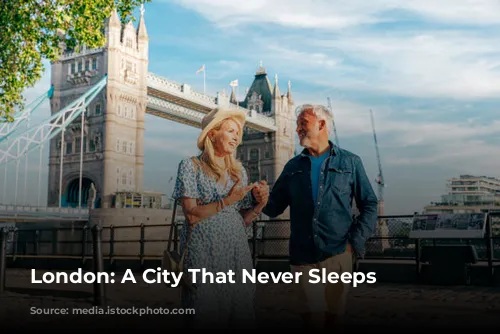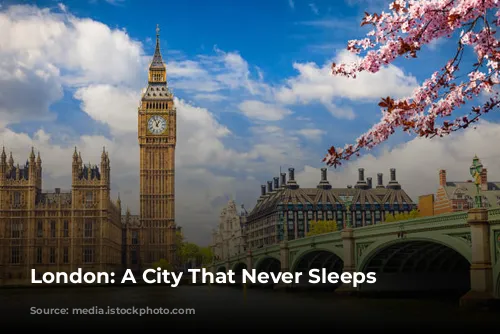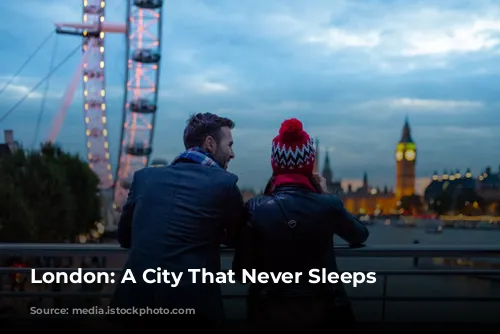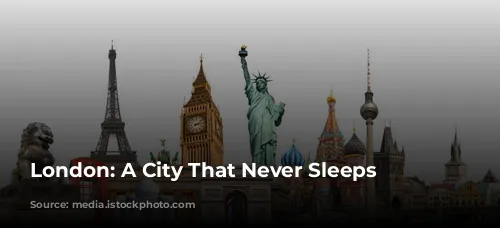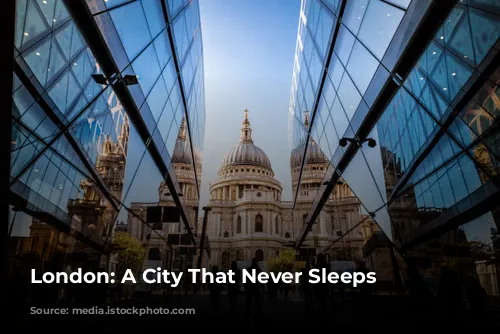London, the bustling capital of the United Kingdom, is a captivating city located in southeastern England. Nestled on the banks of the River Thames, London stands as a global metropolis, welcoming millions of visitors each year. Its vibrant energy is palpable, a melting pot of cultures, cuisines, and languages that make it a truly international experience.
London’s rich tapestry is woven with threads of history and culture. Iconic landmarks, like Big Ben and Buckingham Palace, are not just symbols of the city but also of the entire nation. World-class museums and art galleries, like the British Museum, Victoria and Albert Museum, and National Gallery, showcase impressive collections, from ancient artifacts to masterpieces of renowned artists. These institutions offer a glimpse into London’s past and present, captivating visitors with their diverse offerings.
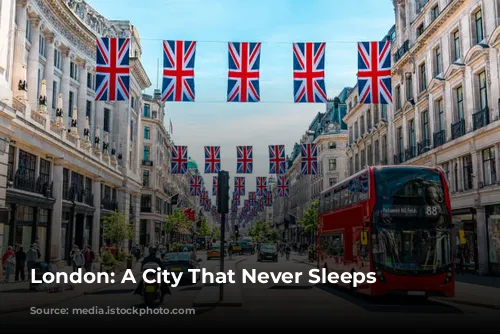
A Culinary Journey Through London
London’s multicultural character spills into its diverse culinary scene. You can embark on a global food adventure, exploring Chinatown for authentic Chinese cuisine or Brick Lane for a taste of East London’s vibrant flavors. For a traditional British experience, immerse yourself in the city’s pub culture, where you can enjoy a pint of beer and classic pub fare.
London’s afternoon tea tradition is a must-try. Indulge in the quintessential British experience at one of the city’s countless charming tea rooms, perfect for a delightful afternoon.

London: A Stage for Entertainment and Sport
London is renowned for its West End theatre, home to numerous captivating shows, musicals, and performances. This vibrant theatrical scene draws crowds from around the globe, eager to witness the magic of live entertainment.
London’s sporting scene is equally exhilarating. The city hosts major sporting events like Premier League football matches, the Wimbledon tennis championships, and the London Marathon, attracting sports enthusiasts from every corner of the world.
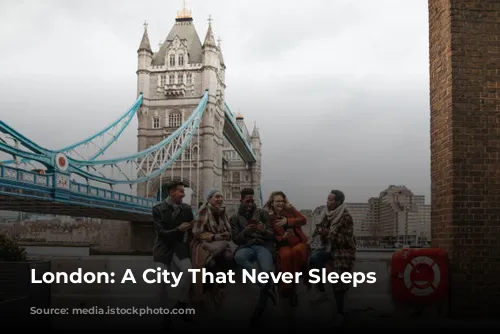
London After Dark: A City that Never Sleeps
As the sun sets, London transforms into a dazzling playground of nightlife. From the pulsating nightclubs of Shoreditch to the elegant cocktail bars of Soho, London offers an endless array of options for after-dark entertainment. Live music venues in Camden and traditional pubs scattered across the city keep the night alive with music, dancing, and socializing.

A Shopper’s Paradise
London is a shopper’s paradise, offering a plethora of options for every budget. Oxford Street is a haven for high-street fashion, while Knightsbridge’s Harrods and Selfridges offer the luxury experience. For unique finds, explore Covent Garden or Carnaby Street. London’s vibrant markets, like Camden Market and Portobello Road, offer an eclectic mix of goods and experiences.

Navigating London on a Budget
While London is a vibrant and exciting city, it’s important to be mindful of your budget. For affordable eats, opt for street food, fast food chains, or casual eateries, which can cost around £10-£15 per meal. Supermarkets and grab-and-go meals offer even more budget-friendly options.
Public transportation, like the Tube, buses, or trams, is a cost-effective way to get around. Use a pay-as-you-go Oyster card or contactless payment, with daily caps ranging from £7-£12. Some popular attractions and museums may have admission fees, but free parks, street markets, and walking tours offer budget-friendly alternatives. A daily budget of approximately £40-£60 should be sufficient for food, transport, and a few attractions.

A Journey Through Time: London’s Historical Legacy
London’s story is one of resilience, transformation, and enduring strength. The Romans conquered England in 43 BC and named the city Londomium. The city’s landscape mirrored that of typical Roman colonies, with its two main streets intersecting at the basilica, the site of today’s Bank of England. After the Romans abandoned the empire, the Saxons arrived around the 5th century AD, and London’s population flourished, with unique neighborhoods springing up across the city.
The Norman Conquest of 1066 brought a fusion of England and France. London emerged as the national capital of commerce, particularly for trading wool with countries like Denmark. The 13th century saw London become a significant religious center.
Throughout its history, London has faced numerous challenges, from natural disasters to political upheavals. The Great Plague of 1665 and the Great Fire left their mark on the city, but it persevered. London continued to grow and evolve through the Edwardian and Victorian eras (1840-1914). Throughout the 20th century, the city experienced social, cultural, and youth revolutions, ultimately transforming into the global metropolis it is today.
